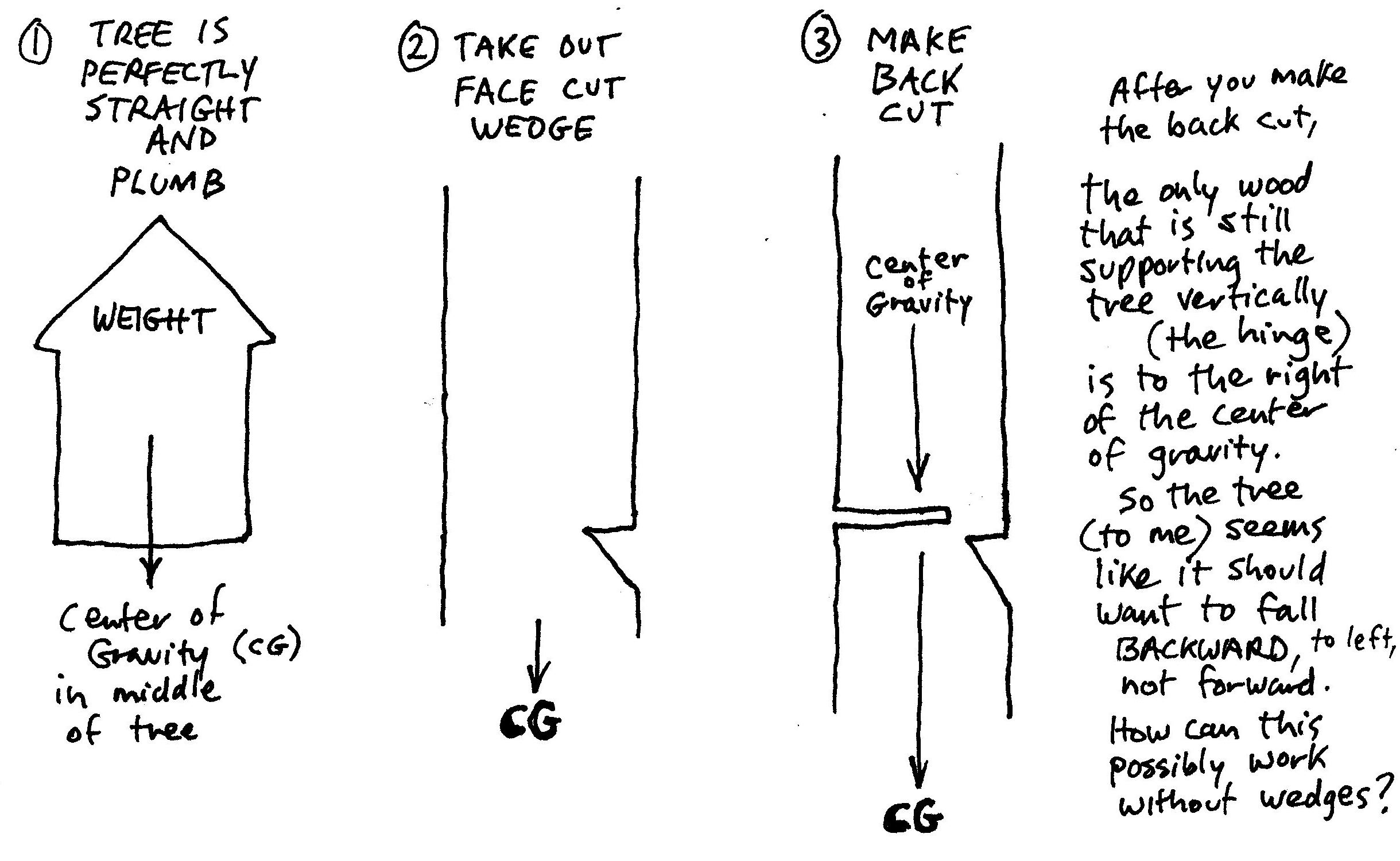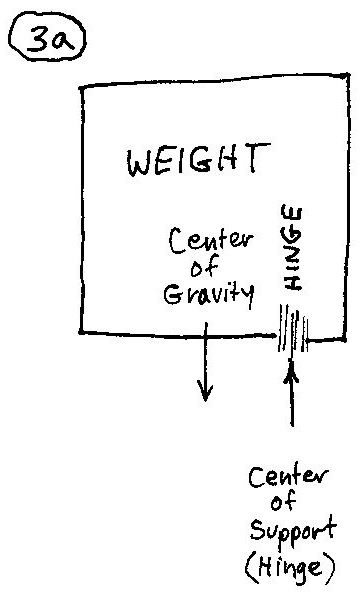Canyon Angler
Addicted to ArboristSite
Thanks, guys.
Northmanlogger, is the Coos Bay method the first one shown in the video (that I guess you made) at
If so, is the purpose of the side cuts so that you have less wood to cut, start to finish, on the final cut ... so that you can get the cut done before the tree has a chance to start leaning and possibly barber chair?
I've got a fairly small saw (muffler modded MS361 that I use with a long bar and a skip chain on big trees) and I'm a rank amateur at falling, so I kinda like the idea of that strap of wood in tension keeping the tree upright until you get your hinge thickness right and then cut the "strap" with the bore cut method...and I'm not on the clock...but I can see where the boring method would slow you professionals down.
Madhatter, I guess I've already used the "no face" method on small blowdowns, now that I think about it. Your explanation helps a lot.
I'll get and post some pics of that scary hanging tree soon. Not sure I want to get near it long enough to cut it but if I can't pull it down, I might have to. I'll wait to see what you guys think from the photos, though. Thanks again.
Northmanlogger, is the Coos Bay method the first one shown in the video (that I guess you made) at
If so, is the purpose of the side cuts so that you have less wood to cut, start to finish, on the final cut ... so that you can get the cut done before the tree has a chance to start leaning and possibly barber chair?
I've got a fairly small saw (muffler modded MS361 that I use with a long bar and a skip chain on big trees) and I'm a rank amateur at falling, so I kinda like the idea of that strap of wood in tension keeping the tree upright until you get your hinge thickness right and then cut the "strap" with the bore cut method...and I'm not on the clock...but I can see where the boring method would slow you professionals down.
Madhatter, I guess I've already used the "no face" method on small blowdowns, now that I think about it. Your explanation helps a lot.
I'll get and post some pics of that scary hanging tree soon. Not sure I want to get near it long enough to cut it but if I can't pull it down, I might have to. I'll wait to see what you guys think from the photos, though. Thanks again.






